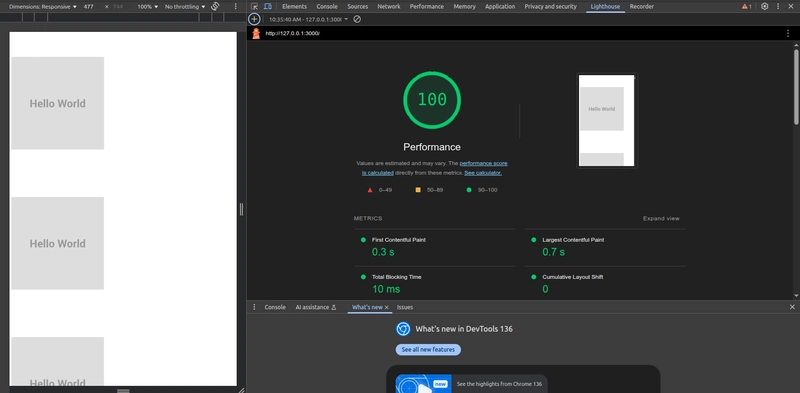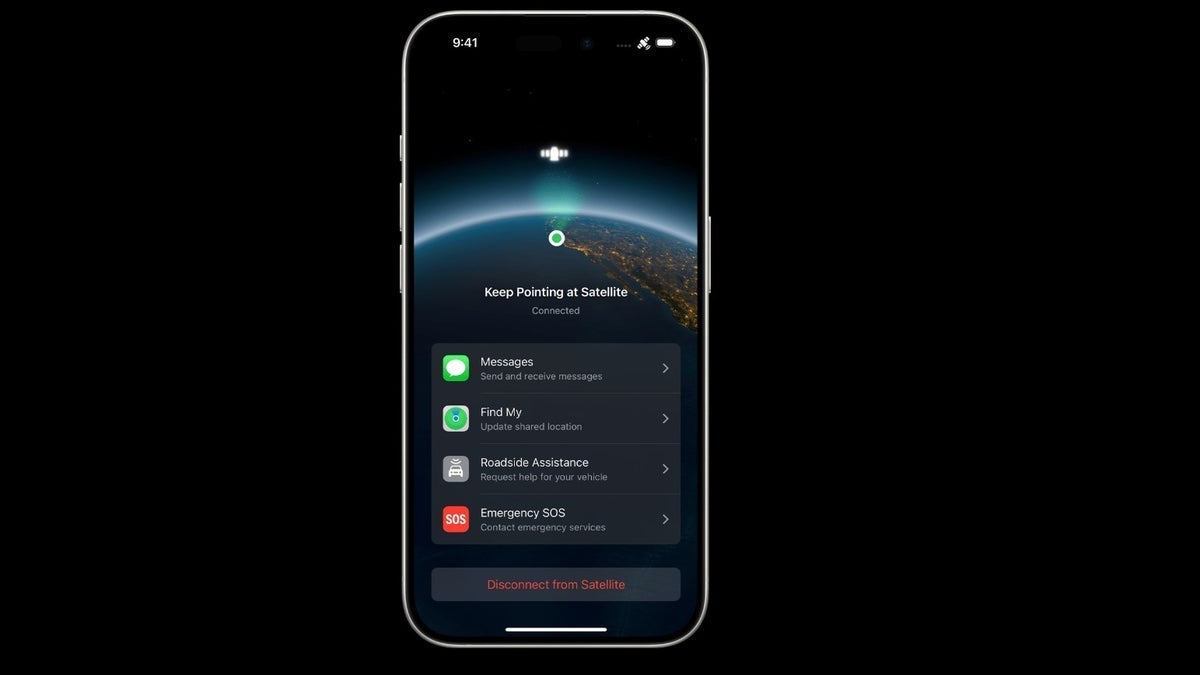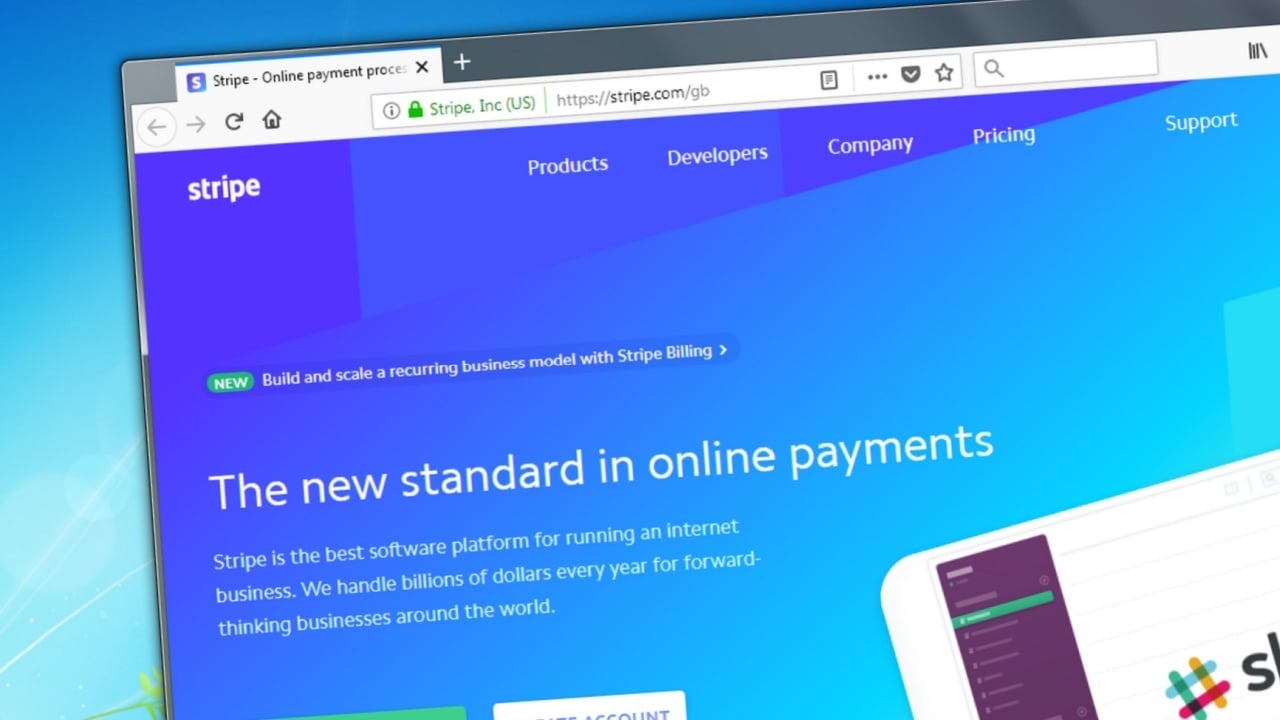The Ultimate Guide to Installing Kong Gateway on Docker, Kubernetes, and Linux
What is Kong Gateway ? Kong Gateway is a robust, scalable API Gateway and Microservices Management Layer designed to simplify the process of managing APIs. It provides features such as load balancing, traffic control, monitoring, and security—all in one place. With its flexible deployment options, Kong can be installed on a range of platforms, including Docker, Kubernetes, and various Linux distributions. Why Use Kong Gateway ? Kong is favored for its: Scalability: With support for Kubernetes and Docker, Kong can handle high traffic loads. High Availability: Its clustering feature ensures your API Gateway remains operational even during heavy traffic or node failures. Security: Kong provides features like rate-limiting, authentication, and access control to keep your APIs secure. Performance: Designed for microservices architecture, Kong is built for speed, allowing efficient API traffic routing. Kong Gateway Installation on Docker Prerequisites Before you begin the installation, ensure that you have: Docker installed on your system. A basic understanding of Docker and containers. Step-by-Step Installation Guide To install Kong Gateway on Docker, follow these steps: 1. Pull the Kong Image First, you need to pull the official Kong Gateway image from Docker Hub: docker pull kong/kong-gateway:latest 2. Run Kong Container Now, run the Kong Gateway container. The following command will run Kong in detached mode, bind it to a host port, and set an environment variable for the database: docker run -d --name kong \ -e "KONG_DATABASE=off" \ -e "KONG_DECLARATIVE_CONFIG=/kong/kong.yml" \ -e "KONG_PROXY_ACCESS_LOG=/dev/stdout" \ -e "KONG_ADMIN_ACCESS_LOG=/dev/stdout" \ -e "KONG_ADMIN_ERROR_LOG=/dev/stderr" \ -e "KONG_PORT_MAPS=8000:8000" \ -e "KONG_PORT=8000" \ -v /path/to/your/kong.yml:/kong/kong.yml \ -p 8000:8000 \ kong/kong-gateway:latest 3. Check Kong Gateway After the container is running, you can check Kong’s status by sending a request to its Admin API: curl -i http://localhost:8001 Verifying the Installation To ensure that Kong Gateway is running correctly, you can check the logs: docker logs kong If everything is working, you should see Kong logs indicating it’s up and running. Kong Gateway Installation on Kubernetes Prerequisites Before installing Kong on Kubernetes, ensure the following: A Kubernetes cluster (using Minikube, GKE, or any other provider). kubectl command-line tool configured to communicate with your Kubernetes cluster. Step-by-Step Installation Guide Kong can be installed in Kubernetes using Helm, a package manager for Kubernetes. 1. Install Helm If you don’t have Helm installed, use the following command: curl https://get.helm.sh/helm-v3.7.1-linux-amd64.tar.gz -o helm-v3.7.1-linux-amd64.tar.gz tar -xvzf helm-v3.7.1-linux-amd64.tar.gz sudo mv linux-amd64/helm /usr/local/bin/helm 2. Add Kong’s Helm Repository Add the official Kong Helm repository: helm repo add kong https://charts.konghq.com helm repo update 3. Install Kong Gateway Use Helm to install Kong into your Kubernetes cluster: helm install kong kong/kong-gateway --set ingressController.enabled=true 4. Verify Installation After installation, check if Kong pods are running with: kubectl get pods -n kong This command will list the pods, and you should see kong-ingress-controller running. Verifying the Installation Test the Kong Gateway by making a request to the Kong proxy: _curl -i http://:8000_ If you see a response, then Kong is successfully deployed on Kubernetes. Kong Gateway Installation on Linux Now, let’s look at how to install Kong Gateway on different Linux distri__butions. Installing on Debian 1. Add Kong Repository Add the Kong APT repository to your system: curl -fsSL https://konghq.com/install-deb | sudo tee /etc/apt/sources.list.d/kong.list 2. Install Kong Install Kong with the following command: sudo apt-get update sudo apt-get install kong 3. Verify Installation Check Kong’s version: kong version Installing on Ubuntu The installation process for Ubuntu is the same as Debian, since Ubuntu is based on Debian. 1. Add Kong Repository Add the Kong APT repository: curl -fsSL https://konghq.com/install-deb | sudo tee /etc/apt/sources.list.d/kong.list 2. Install Kong Install Kong with: sudo apt-get update sudo apt-get install kong 3. Verify Installation Confirm the installation by checking Kong’s version: kong version Installing on RedHat 1. Add Kong Repository Add the Kong repository for RedHat: sudo curl -fsSL https://konghq.com/install-rpm | sudo tee /etc/yum.repos.d/kong.repo 2. Install Kong Install Kong using YUM: sudo yum install kong 3. Verify Installation Verify that Kong is installed by checking its version: kong version Installing on Amazon Linux 2 1. Add Kong Repository Add the Kong repository for Amazon Linux 2: sudo curl -fsSL https://konghq.com/install-rpm | sudo tee /etc/yum.repos.d/kong.repo 2.

What is Kong Gateway ?
Kong Gateway is a robust, scalable API Gateway and Microservices Management Layer designed to simplify the process of managing APIs. It provides features such as load balancing, traffic control, monitoring, and security—all in one place. With its flexible deployment options, Kong can be installed on a range of platforms, including Docker, Kubernetes, and various Linux distributions.
Why Use Kong Gateway ?
Kong is favored for its:
Scalability: With support for Kubernetes and Docker, Kong can handle high traffic loads.
High Availability: Its clustering feature ensures your API Gateway remains operational even during heavy traffic or node failures.
Security: Kong provides features like rate-limiting, authentication, and access control to keep your APIs secure.
Performance: Designed for microservices architecture, Kong is built for speed, allowing efficient API traffic routing.
Kong Gateway Installation on Docker
Prerequisites
Before you begin the installation, ensure that you have:
Docker installed on your system.
A basic understanding of Docker and containers.
Step-by-Step Installation Guide
To install Kong Gateway on Docker, follow these steps:
1. Pull the Kong Image
First, you need to pull the official Kong Gateway image from Docker Hub:
docker pull kong/kong-gateway:latest
2. Run Kong Container
Now, run the Kong Gateway container. The following command will run Kong in detached mode, bind it to a host port, and set an environment variable for the database:
docker run -d --name kong \
-e "KONG_DATABASE=off" \
-e "KONG_DECLARATIVE_CONFIG=/kong/kong.yml" \
-e "KONG_PROXY_ACCESS_LOG=/dev/stdout" \
-e "KONG_ADMIN_ACCESS_LOG=/dev/stdout" \
-e "KONG_ADMIN_ERROR_LOG=/dev/stderr" \
-e "KONG_PORT_MAPS=8000:8000" \
-e "KONG_PORT=8000" \
-v /path/to/your/kong.yml:/kong/kong.yml \
-p 8000:8000 \
kong/kong-gateway:latest
3. Check Kong Gateway
After the container is running, you can check Kong’s status by sending a request to its Admin API:
curl -i http://localhost:8001
Verifying the Installation
To ensure that Kong Gateway is running correctly, you can check the logs:
docker logs kong
If everything is working, you should see Kong logs indicating it’s up and running.
Kong Gateway Installation on Kubernetes
Prerequisites
Before installing Kong on Kubernetes, ensure the following:
A Kubernetes cluster (using Minikube, GKE, or any other provider).
kubectl command-line tool configured to communicate with your Kubernetes cluster.
Step-by-Step Installation Guide
Kong can be installed in Kubernetes using Helm, a package manager for Kubernetes.
1. Install Helm
If you don’t have Helm installed, use the following command:
curl https://get.helm.sh/helm-v3.7.1-linux-amd64.tar.gz -o helm-v3.7.1-linux-amd64.tar.gz
tar -xvzf helm-v3.7.1-linux-amd64.tar.gz
sudo mv linux-amd64/helm /usr/local/bin/helm
2. Add Kong’s Helm Repository
Add the official Kong Helm repository:
helm repo add kong https://charts.konghq.com
helm repo update
3. Install Kong Gateway
Use Helm to install Kong into your Kubernetes cluster:
helm install kong kong/kong-gateway --set ingressController.enabled=true
4. Verify Installation
After installation, check if Kong pods are running with:
kubectl get pods -n kong
This command will list the pods, and you should see kong-ingress-controller running.
Verifying the Installation
Test the Kong Gateway by making a request to the Kong proxy:
_curl -i http://
If you see a response, then Kong is successfully deployed on Kubernetes.
Kong Gateway Installation on Linux
Now, let’s look at how to install Kong Gateway on different Linux distri__butions.
Installing on Debian
1. Add Kong Repository
Add the Kong APT repository to your system:
curl -fsSL https://konghq.com/install-deb | sudo tee /etc/apt/sources.list.d/kong.list
2. Install Kong
Install Kong with the following command:
sudo apt-get update
sudo apt-get install kong
3. Verify Installation
Check Kong’s version:
kong version
Installing on Ubuntu
The installation process for Ubuntu is the same as Debian, since Ubuntu is based on Debian.
1. Add Kong Repository
Add the Kong APT repository:
curl -fsSL https://konghq.com/install-deb | sudo tee /etc/apt/sources.list.d/kong.list
2. Install Kong
Install Kong with:
sudo apt-get update
sudo apt-get install kong
3. Verify Installation
Confirm the installation by checking Kong’s version:
kong version
Installing on RedHat
1. Add Kong Repository
Add the Kong repository for RedHat:
sudo curl -fsSL https://konghq.com/install-rpm | sudo tee /etc/yum.repos.d/kong.repo
2. Install Kong
Install Kong using YUM:
sudo yum install kong
3. Verify Installation
Verify that Kong is installed by checking its version:
kong version
Installing on Amazon Linux 2
1. Add Kong Repository
Add the Kong repository for Amazon Linux 2:
sudo curl -fsSL https://konghq.com/install-rpm | sudo tee /etc/yum.repos.d/kong.repo
2. Install Kong
Install Kong using YUM:
sudo yum install kong
3. Verify Installation
Confirm Kong is installed:
kong version
Verifying the Installation
For any Linux distribution, after installation, verify the Kong service is running by checking its status:
sudo systemctl status kong
Conclusion
Kong Gateway provides powerful API management capabilities, whether you're deploying on Docker, Kubernetes, or Linux. With just a few simple steps, you can install Kong on any of these platforms and start using its features for managing your microservices and APIs.
This guide covers the installation for each of the popular platforms, and you can always refer to the official documentation for further customization and configuration.
For more detailed information and advanced configurations, visit the official Kong Gateway Installation Documentation.
Ready to get started with Kong Gateway? Happy installing!






























































































































































![[The AI Show Episode 143]: ChatGPT Revenue Surge, New AGI Timelines, Amazon’s AI Agent, Claude for Education, Model Context Protocol & LLMs Pass the Turing Test](https://www.marketingaiinstitute.com/hubfs/ep%20143%20cover.png)



























































































































![[FREE EBOOKS] AI and Business Rule Engines for Excel Power Users, Machine Learning Hero & Four More Best Selling Titles](https://www.javacodegeeks.com/wp-content/uploads/2012/12/jcg-logo.jpg)














































































































































 CISO’s Core Focus.webp?#)

























































































![Hostinger Horizons lets you effortlessly turn ideas into web apps without coding [10% off]](https://i0.wp.com/9to5mac.com/wp-content/uploads/sites/6/2025/04/IMG_1551.png?resize=1200%2C628&quality=82&strip=all&ssl=1)




![This new Google TV streaming dongle looks just like a Chromecast [Gallery]](https://i0.wp.com/9to5google.com/wp-content/uploads/sites/4/2025/04/thomson-cast-150-google-tv-1.jpg?resize=1200%2C628&quality=82&strip=all&ssl=1)











![iPadOS 19 May Introduce Menu Bar, iOS 19 to Support External Displays [Rumor]](https://www.iclarified.com/images/news/97137/97137/97137-640.jpg)

![Apple Drops New Immersive Adventure Episode for Vision Pro: 'Hill Climb' [Video]](https://www.iclarified.com/images/news/97133/97133/97133-640.jpg)






































































































































